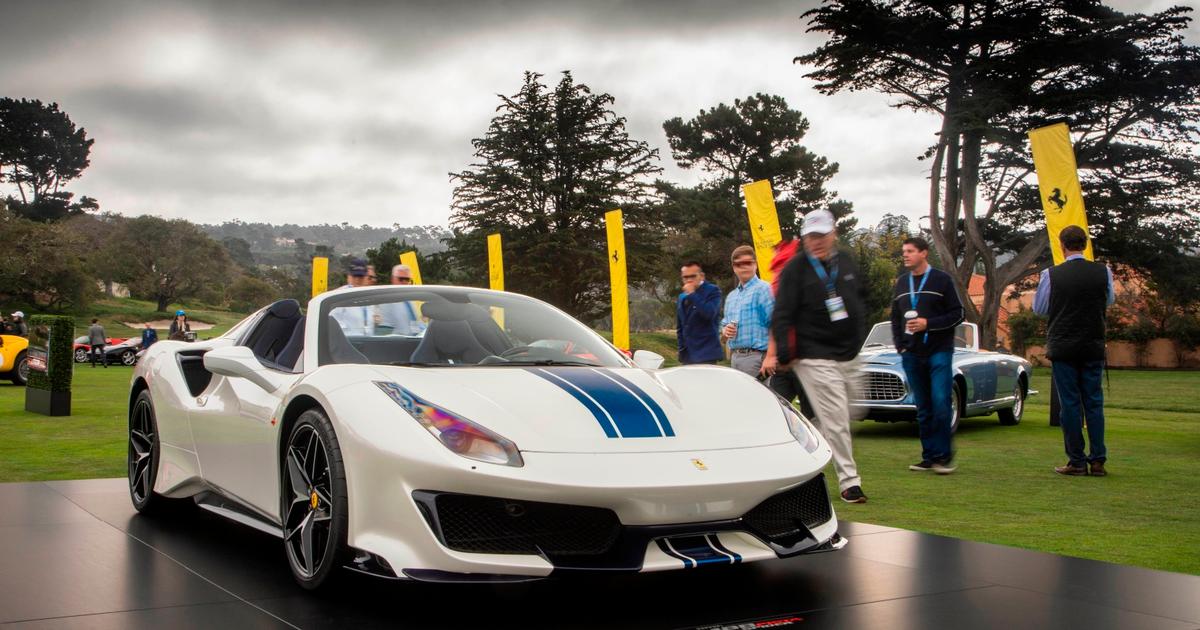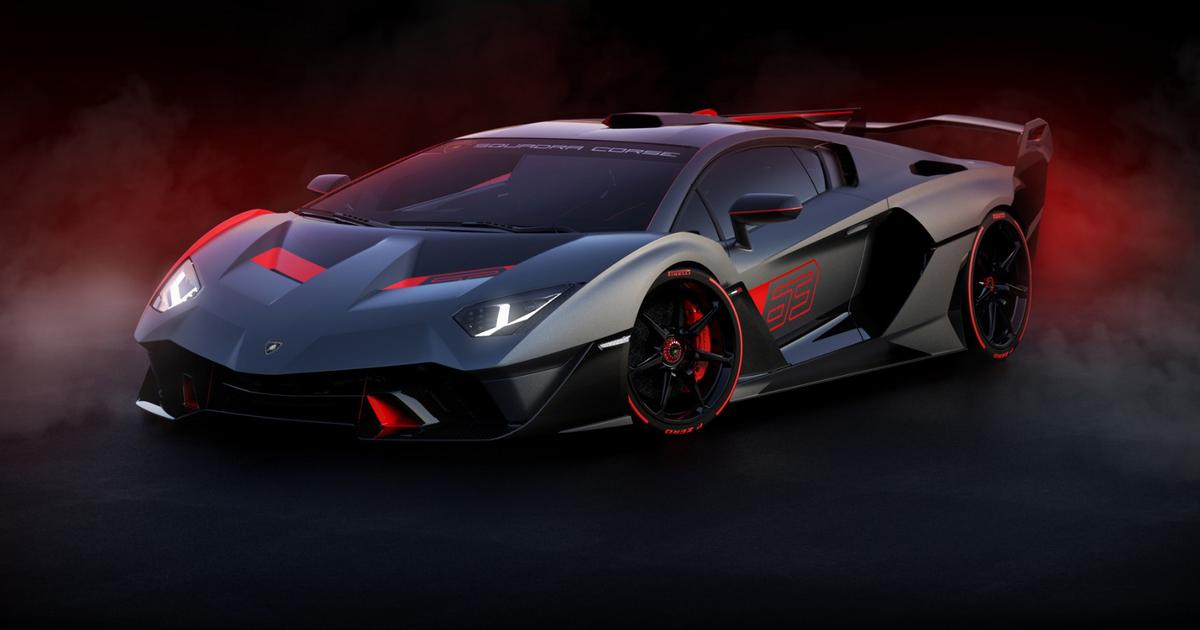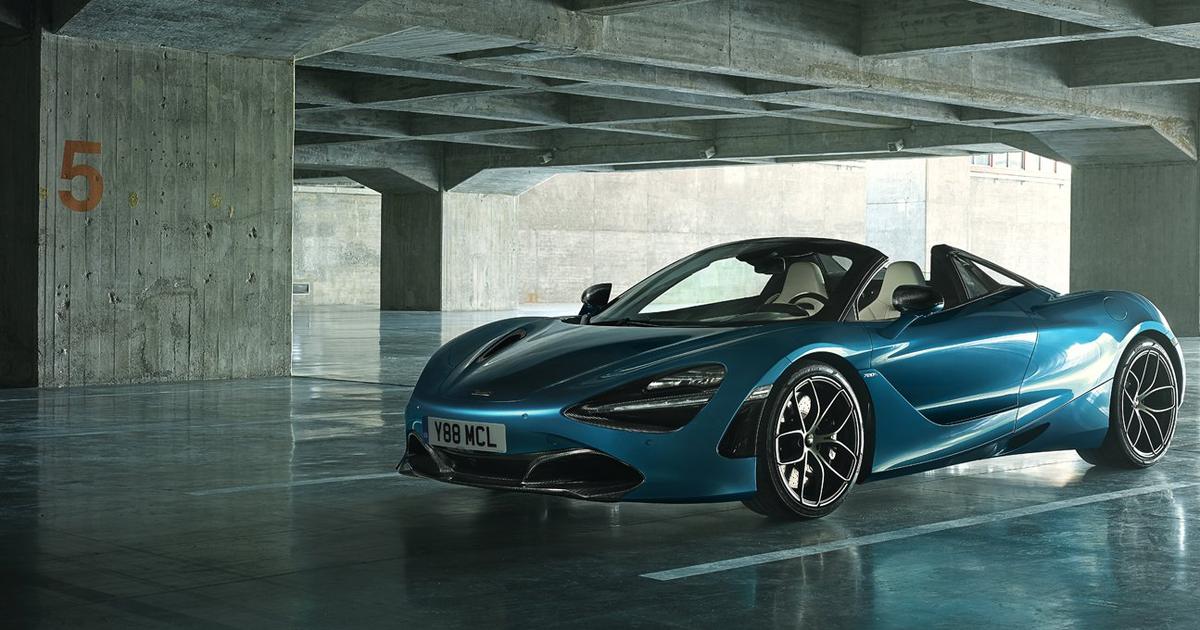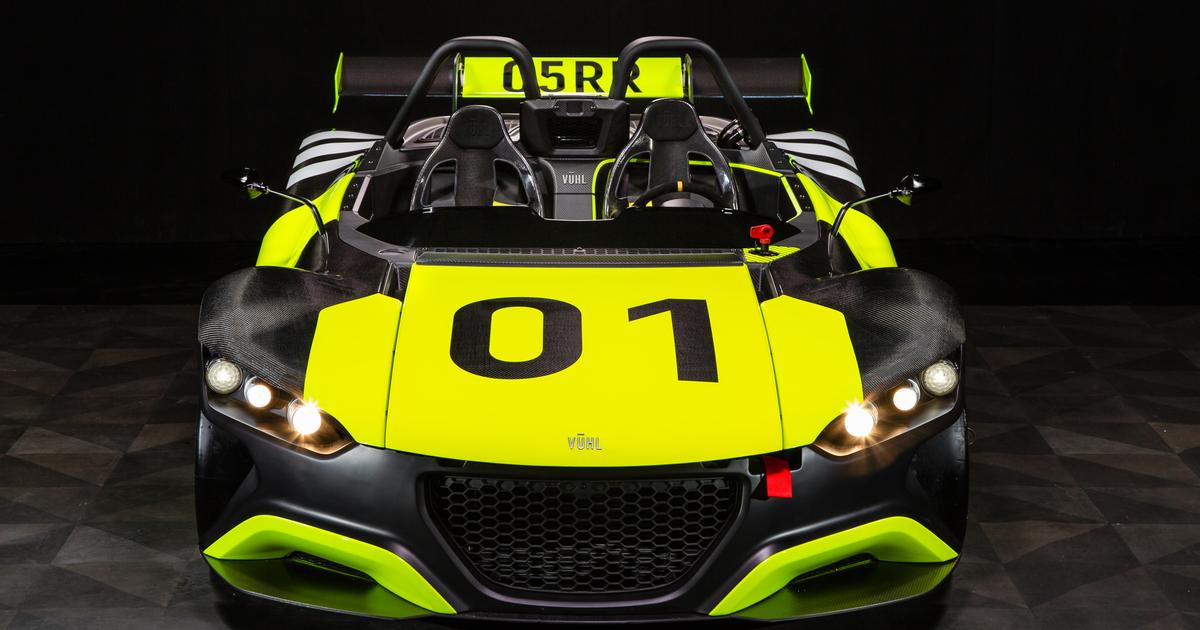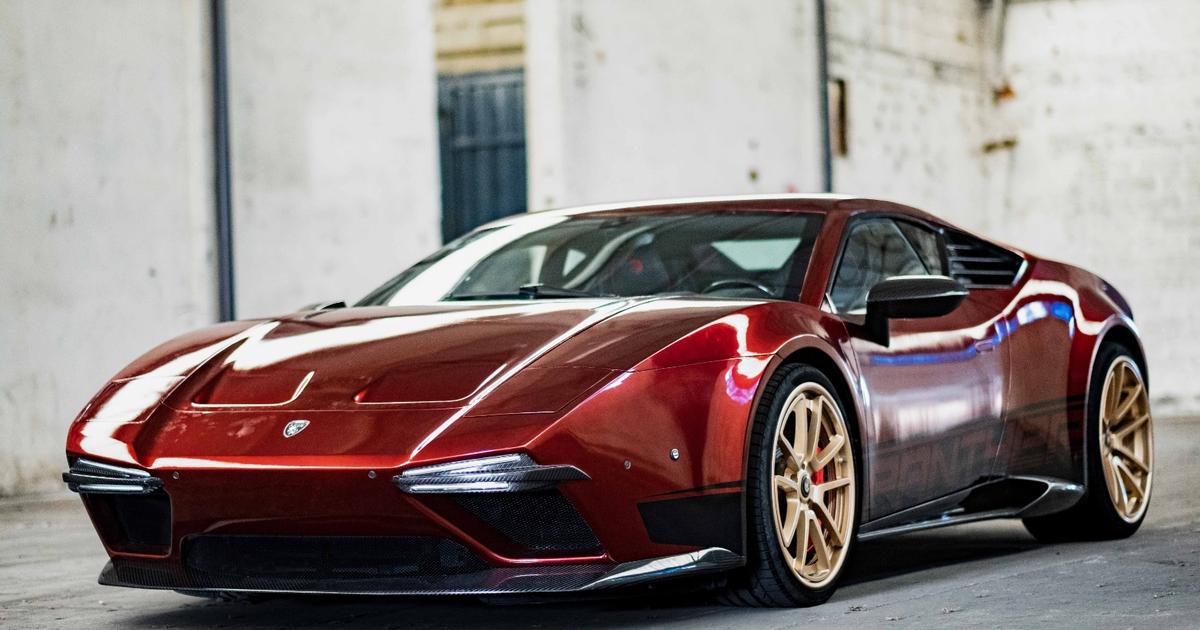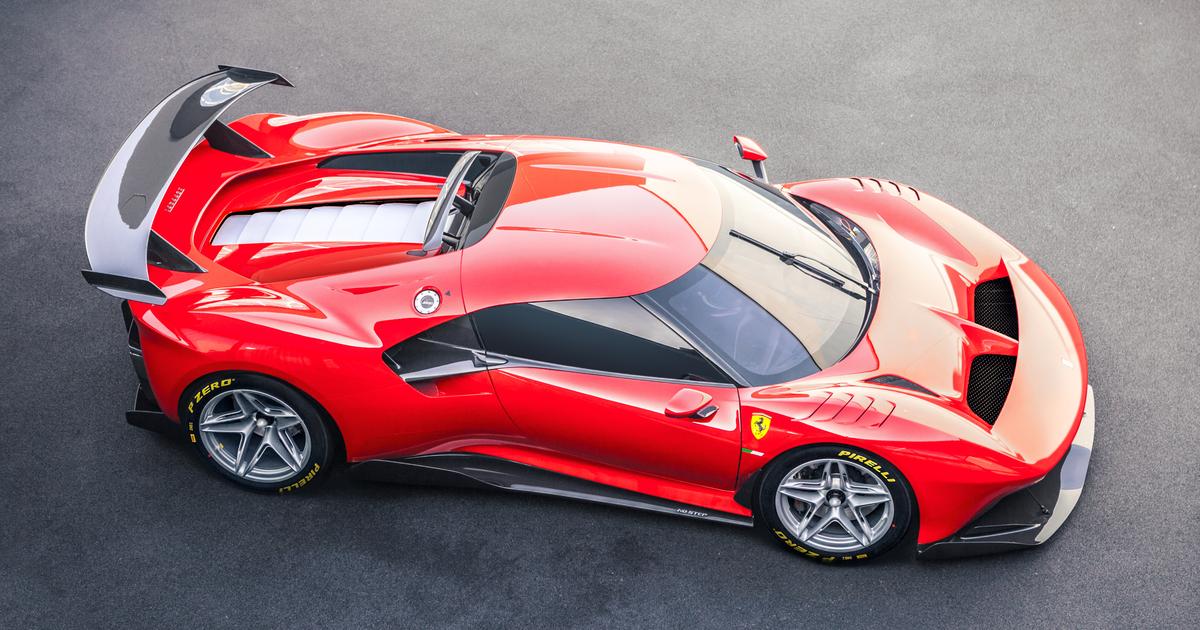First, the name “Dino”
Throughout Ferrari’s history, one name remains emotionally charged: Dino. The name’s origins hark back to early 1932, and the birth of an eagerly awaited son, Alfredo, to Enzo Ferrari and his wife Signora Laura. Duly named after both Enzo’s late father and brother, the infant was affectionately dubbed Alfredino or “little Alfredo”; a sobriquet in turn abbreviated to Dino.
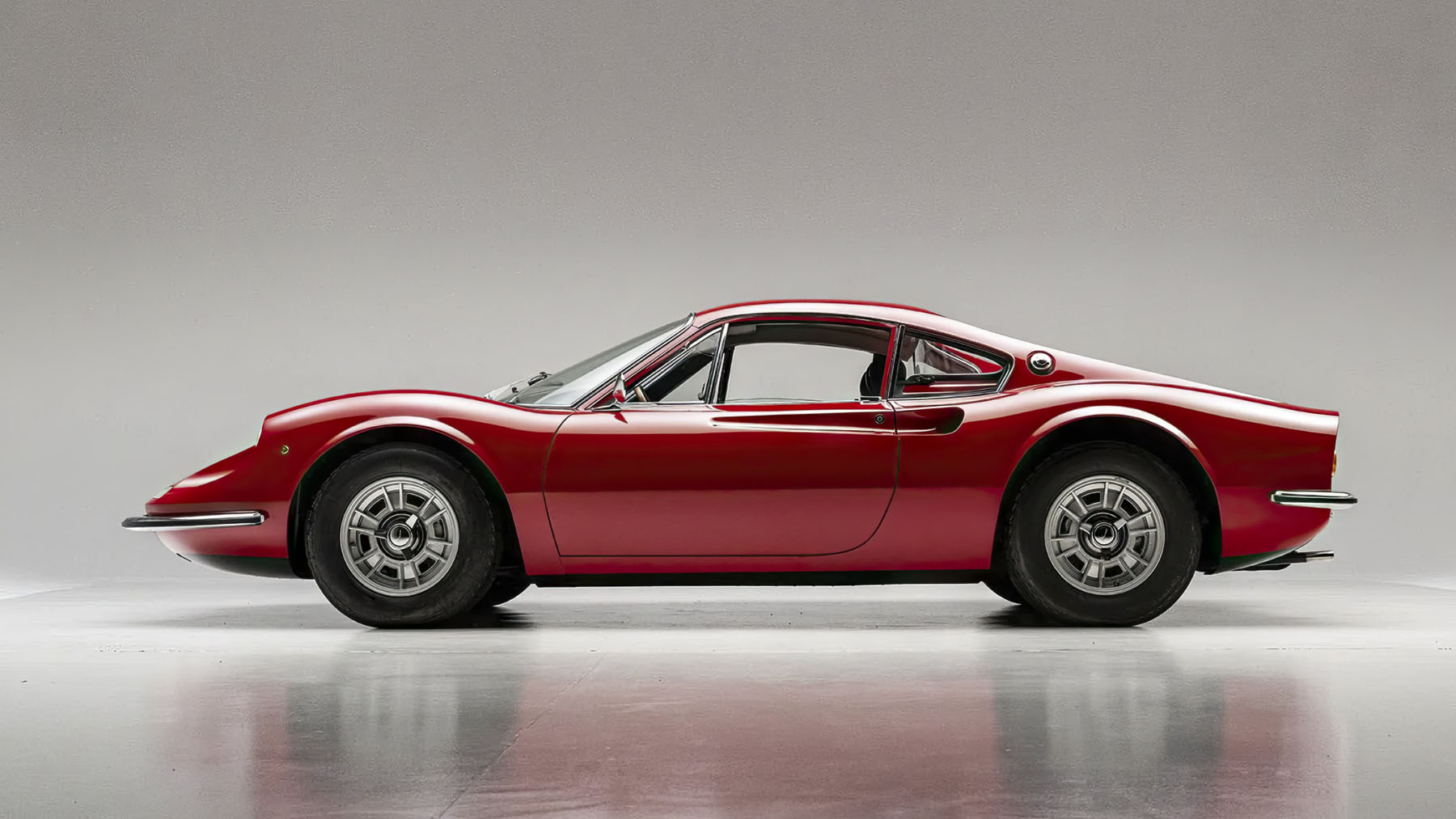
In contrast to his father–by his own admission, a somewhat reluctant student, Dino proved to be accomplished at school. Yet Enzo’s justifiable pride in his son’s academic success was tinged with sadness, for Dino had suffered from ill health from an early age and was diagnosed with Muscular Dystrophy in his early 20s. Despite this, Dino began working at Maranello on the 750 Monza Sports Car project before moving over to assist the venerable Vittorio Jano in the design of a new Formula 2 contender–the 156. However, Dino’s condition worsened in early 1956, and the onset of nephritis heralded his untimely passing at the tragically early age of just 24.
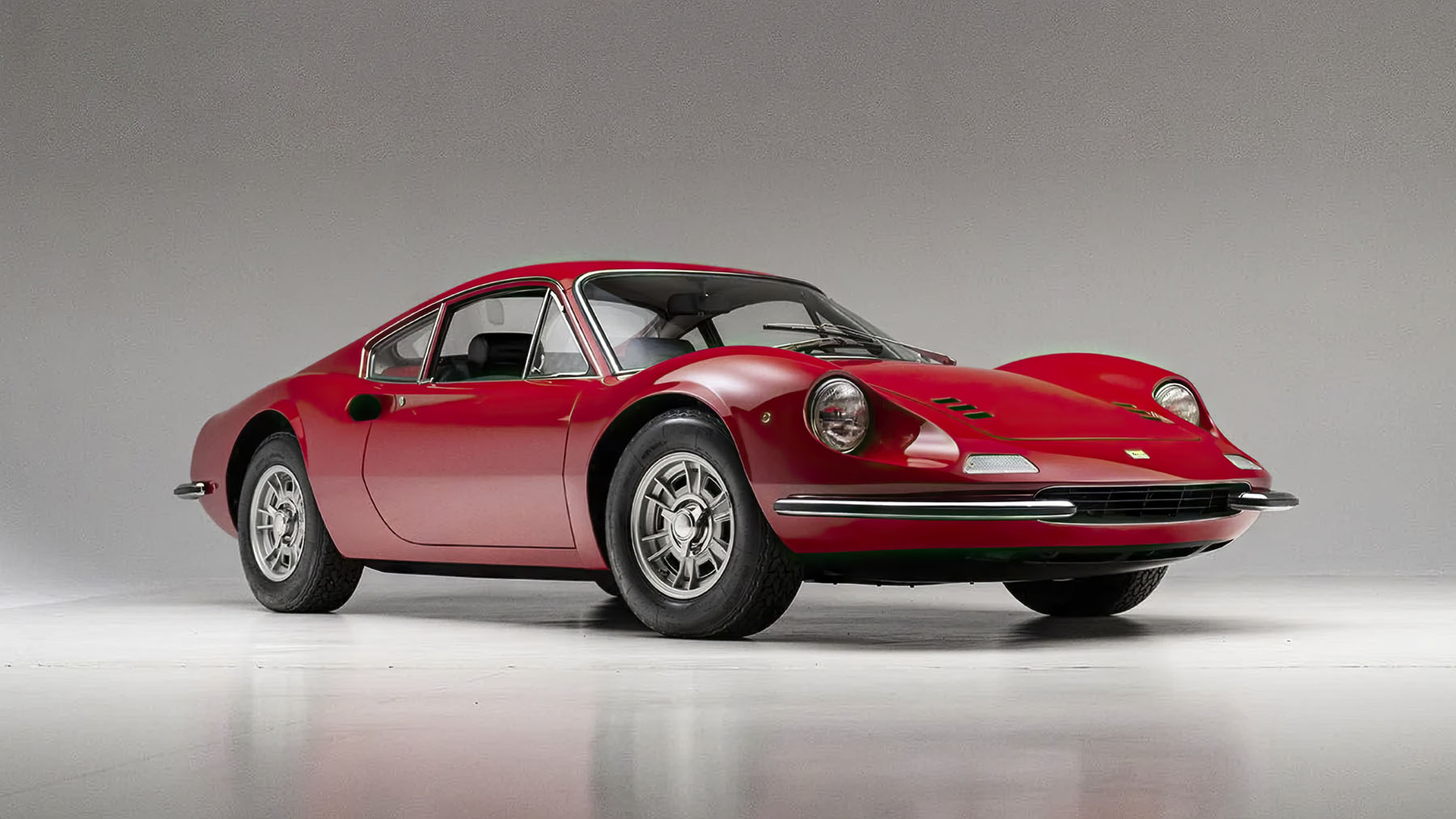
Grief-stricken yet emboldened, Ferrari vowed to complete the project in his late son’s honor, and the newly named 156 Dino Formula 2 car made its debut in the 1957 Naples Grand Prix. Subsequently upgraded to 2.4-liter Formula One specification–and with its cam-covers by now inscribed “Dino” as opposed to “Ferrari”–the 246 variant scored five Grand Prix wins over the next three seasons, securing Mike Hawthorn the 1958 World Championship in the process.
V6 in competition
Throughout the late 1950s and 1960s, a bewildering selection of V6- and V8-powered Competition cars would emerge from Maranello, all bearing Dino’s name. Spanning both front- and mid-engine layouts, as well as Sports Car and single-seater categories, at their heart lay their exquisitely engineered, high-revving, quad-camshaft powerplants. Amongst the most charismatic and successful of these was the new-for-1965 166P/206S series; significantly, the first Ferraris to wear an external “Dino” badge in place of the hitherto customary Prancing Horse.
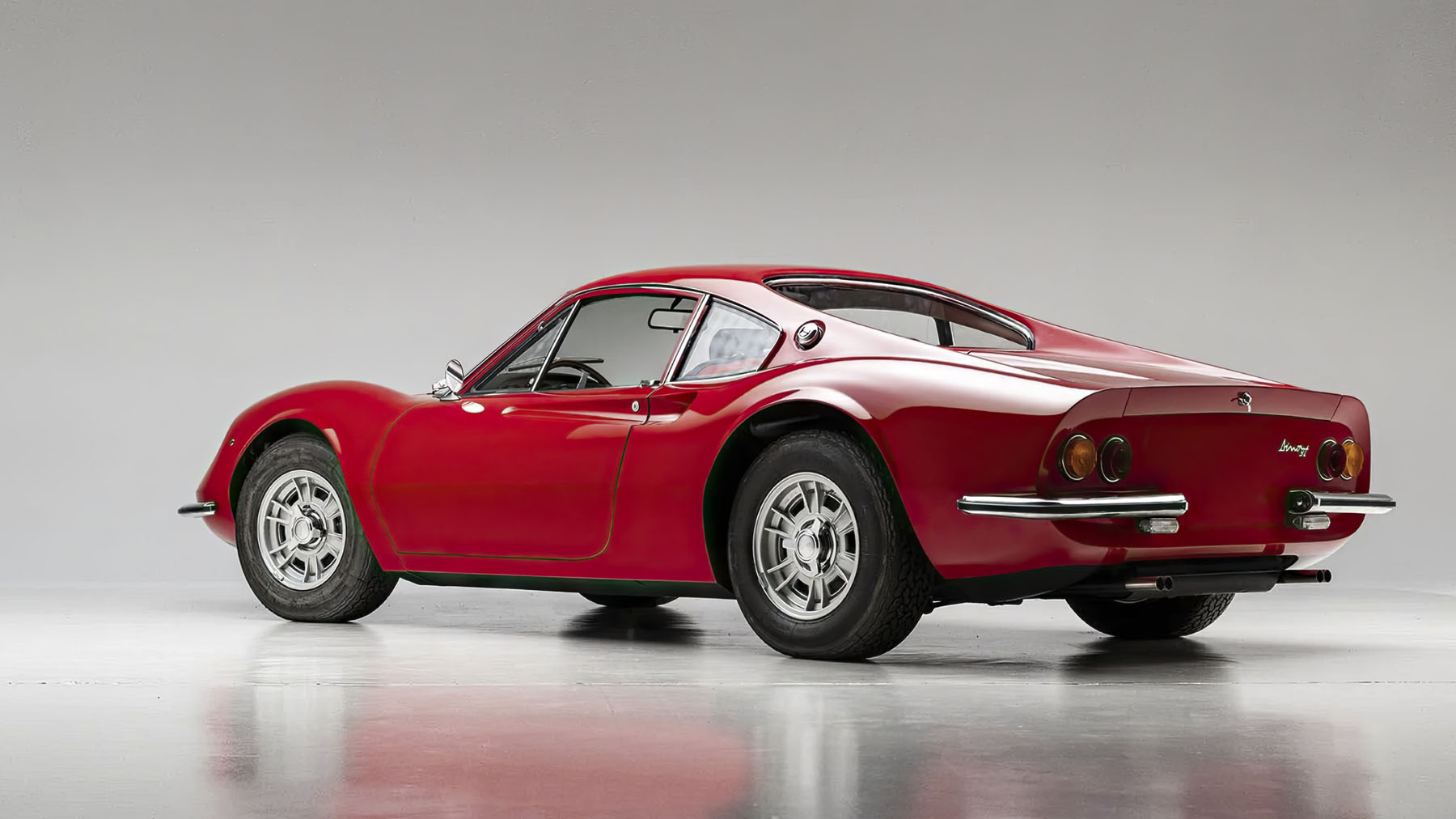
Enter the 206 sports car
It was this series–and increasingly close ties between Ferrari and Fiat–which would provide the catalyst for the development of a new rear-engine, Dino-badged Ferrari road-car and, following the appearance of several Pininfarina-penned prototypes, the new 206GT model finally entered production in early 1968. Constructed around a chassis of elliptical section steel tube, it featured a laterally mounted all-alloy 2.0-liter V6 engine derived from the 206S, producing 180 horsepower at 8,000 rpm. A five-speed transmission was fitted to exploit the engine’s relatively “peaky” character, while all-independent suspension was fitted both front and rear and rack-and-pinion steering fitted to a production Ferrari for the first time.
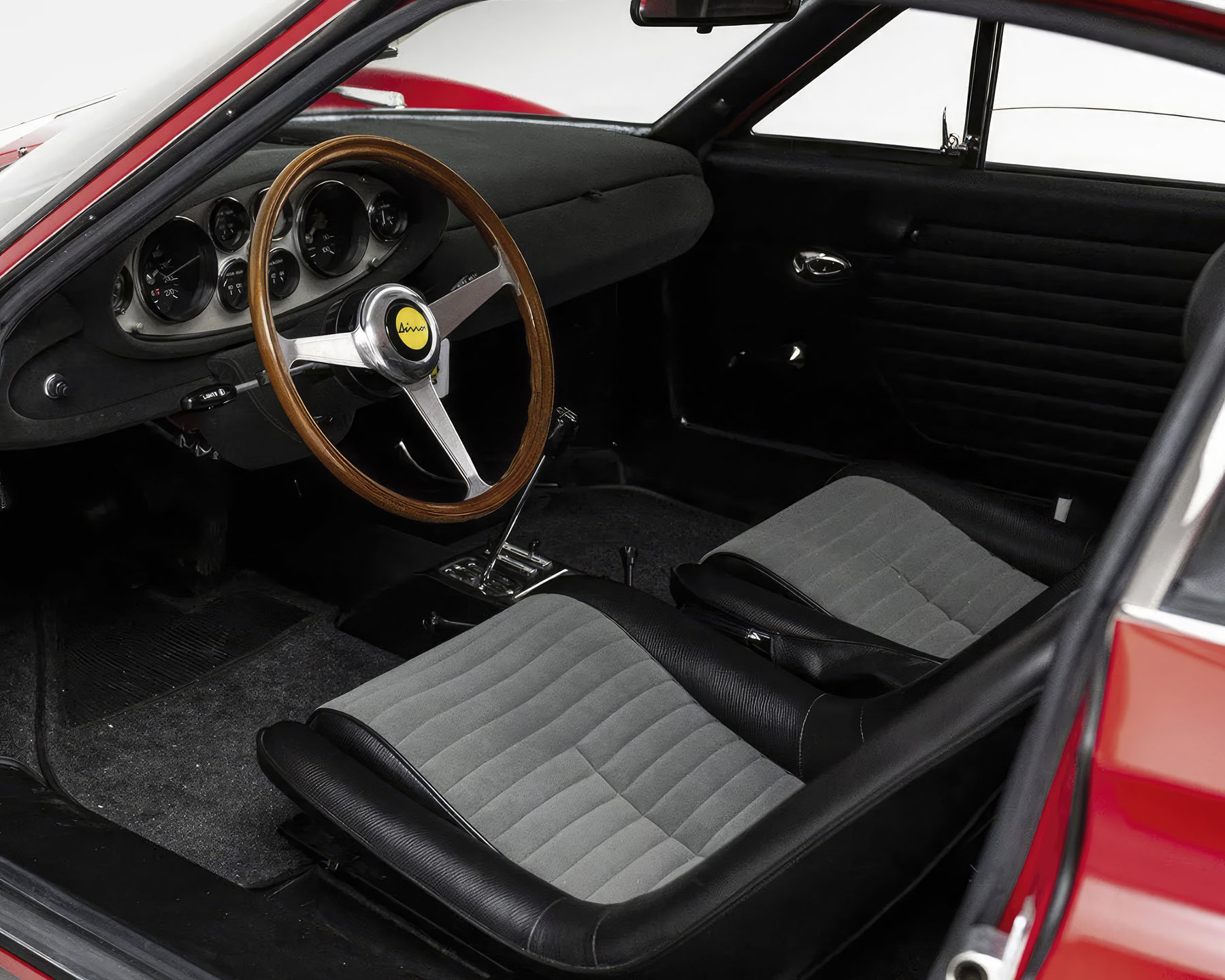
Limited production
Clothed in svelte aluminum coachwork designed by Pininfarina and executed magnificently by Scaglietti, the new car weighed in at under 2,000 pounds dry, offering spirited 140 miler per hour performance. Remarkably, just 153 Dino 206 GTs were constructed between 1967 and 1969; a production figure which contrasts strongly with its later 246 GT and GTS siblings, of which almost 3,800 were produced between 1969 and 1974.
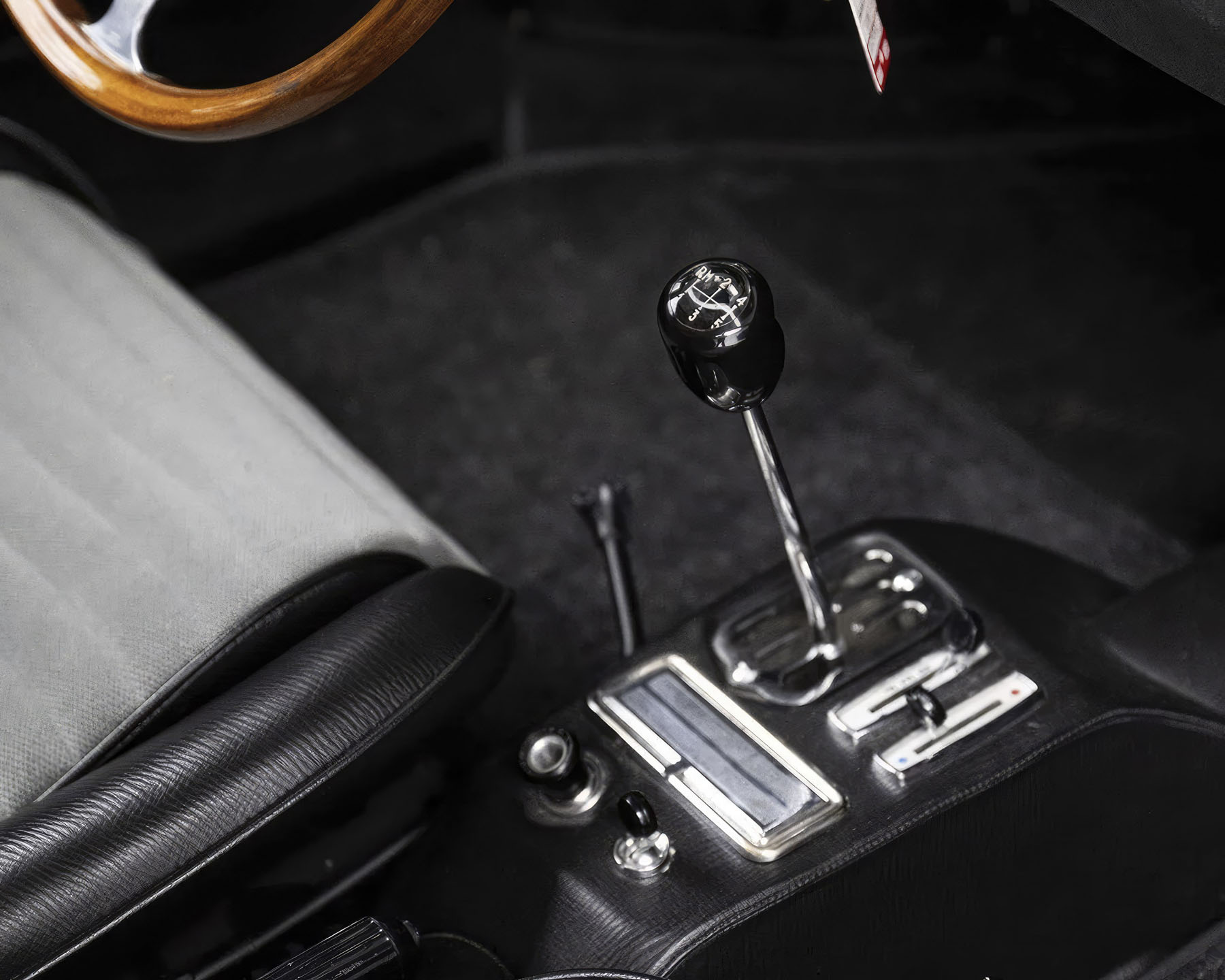
Chassis No. 00298
This mid-production example is believed to have been completed at the factory in December 1968, although its earliest recorded owner–a Frenchman by the name of Janievre–evidently only acquired the car in 1974. By 1978 it had been purchased by George Kretowitz of San Diego, California who then sold it to fellow Californian, a Mr. Heil of Studio City, Los Angeles in 1979; the latter, remarkably, retaining it for the next 38 years.
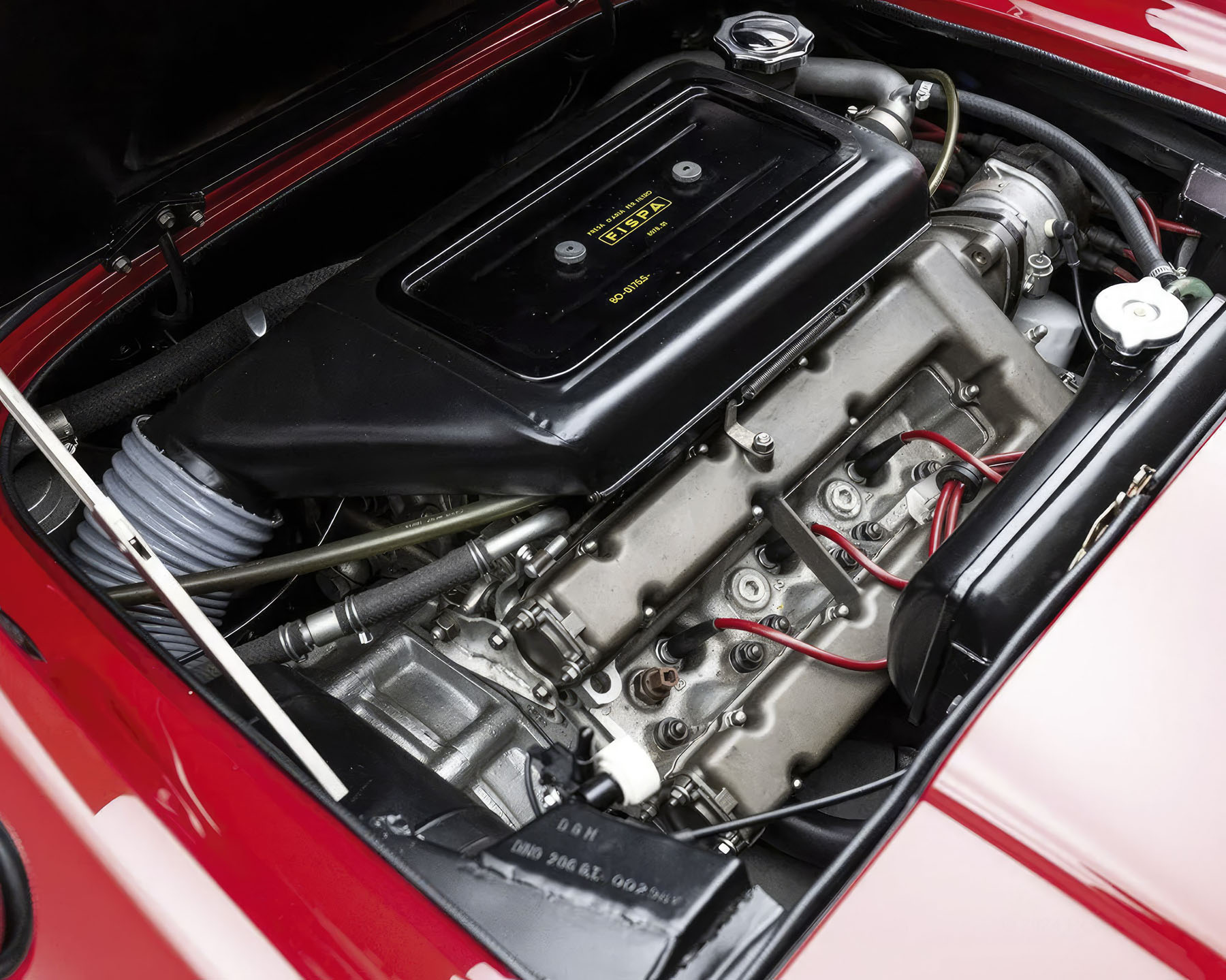
Restoration
In 1985, an exacting restoration commenced with an engine and gearbox rebuild by respected Ohio-based Ferrari authority Dennis McCann. Subsequently disassembled, the car’s chassis was then media blasted prior to careful refinishing in highly durable black epoxy paint. Meanwhile, its aluminum panels were entrusted to Kimball, Michigan-based Kleeves Company for sympathetic restoration and re-fitment, with any remaining mechanical work entrusted to noted Ferrari mechanic Terry Myr of nearby Smith’s Creek, Michigan.
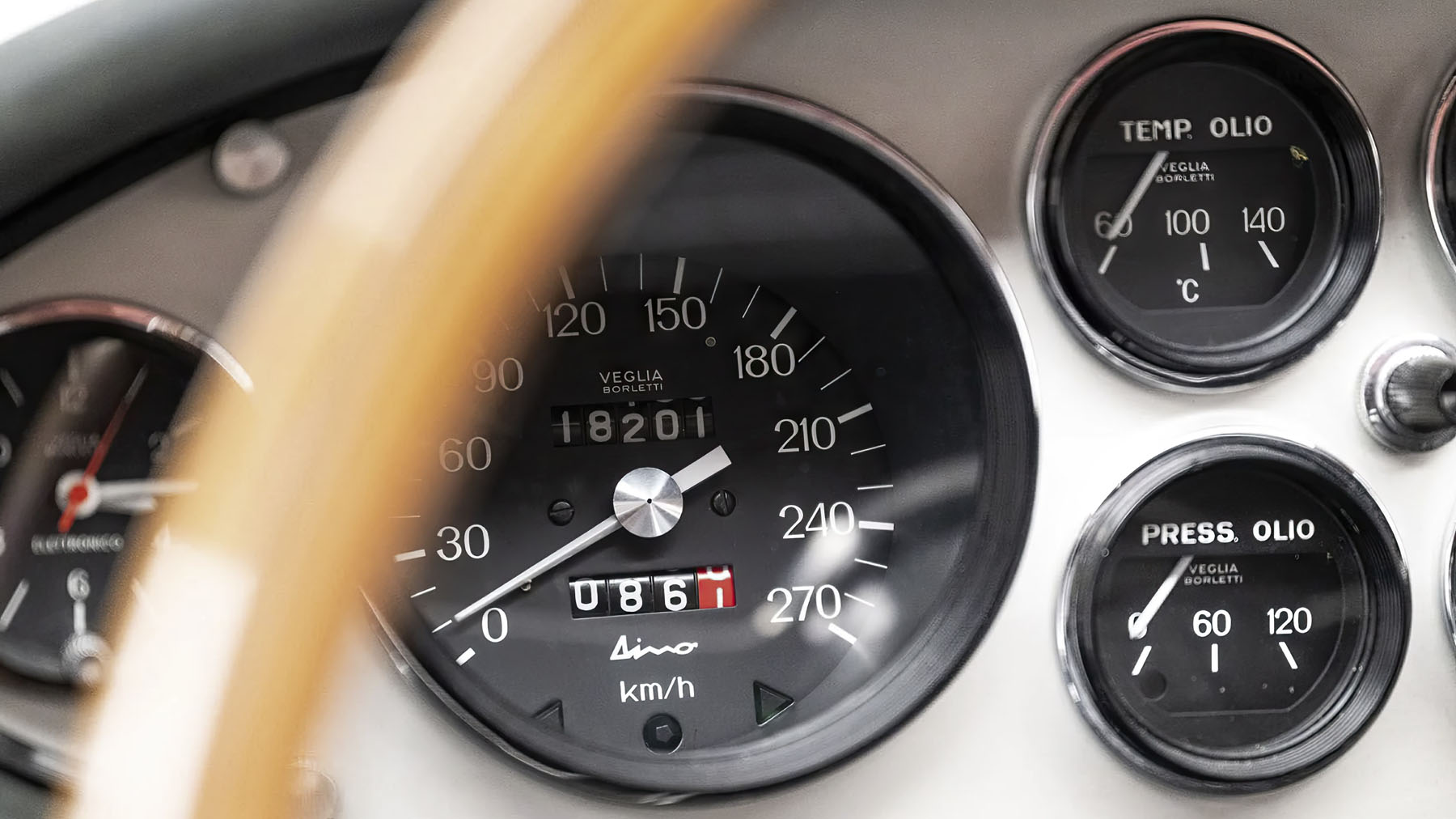
Care was taken to use either original or new old-stock items throughout the restoration, and it is noteworthy that Ferrari luminary Luigi Chinetti Jr. was instrumental in procuring a new, original-type wiring loom for the car. The only significant deviations from original specification were the fitment of higher intensity Carello headlamps and a custom-made ANSA Sports exhaust. Once mechanically complete, the car was subjected to a full respray in its original exterior hue of Rosso Chiaro, while the interior was retrimmed in the correct combination of Nero vinyl cushions with grey fabric inserts.
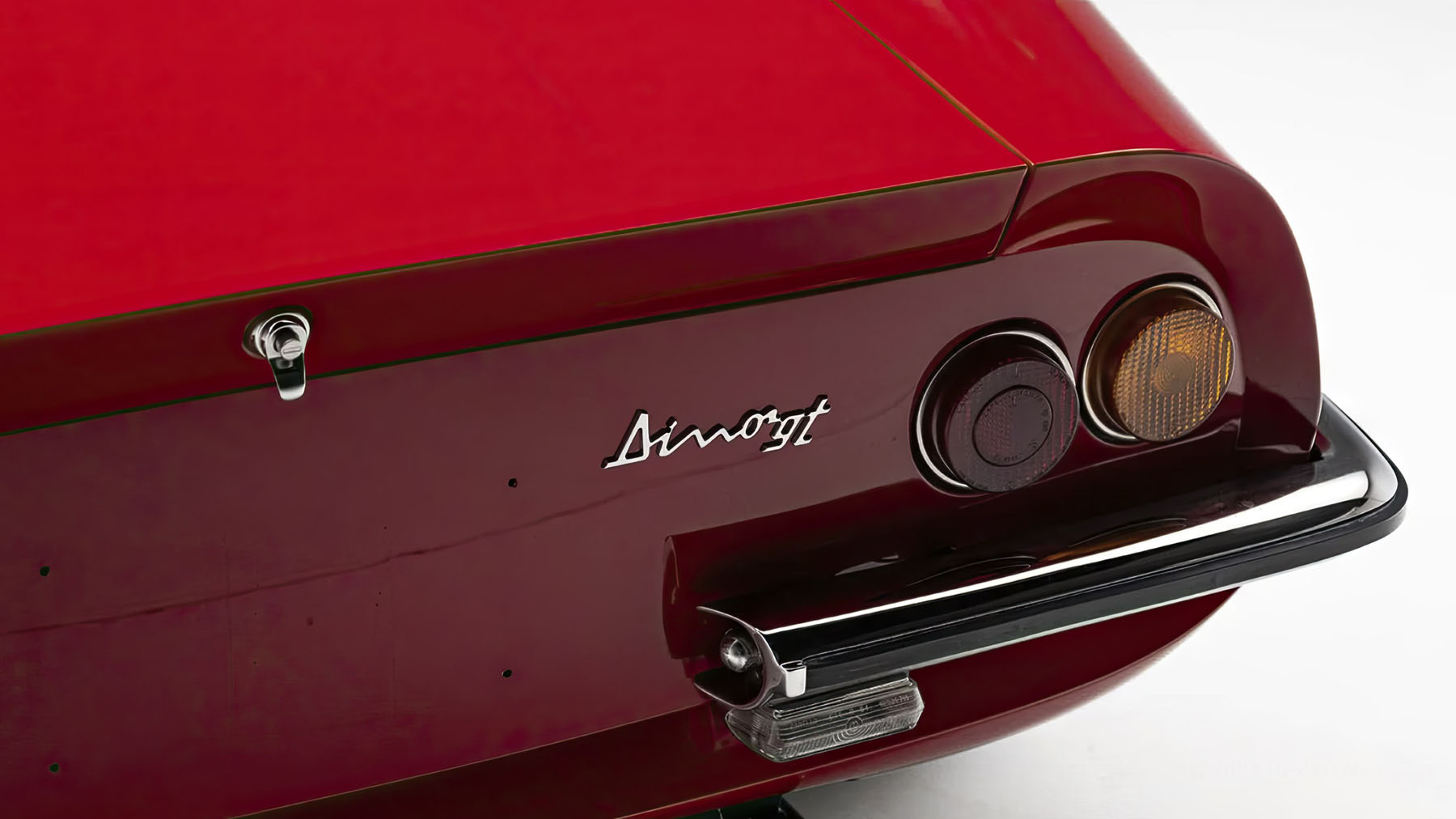
Duly completed, Heil kept the car for a handful of years–covering just 250 miles or so in the process–before reluctantly offering the car for sale in 2016. Acquired by the consignor at this point, it has been fastidiously maintained yet barely used ever since. Significantly however, 00298 was awarded Ferrari Classiche certification in September 2020; this a testimony to the exacting nature of both its prior restoration and current form. It is believed that as few as 80 206GTs may still exist, making the availability of this exquisitely finished example highly noteworthy. Impeccably restored, with minimal use since completion and with its all-important Ferrari Classiche Certification, such an opportunity should be duly grasped with both hands.
Content © 2024 Broad Arrow Auctions
